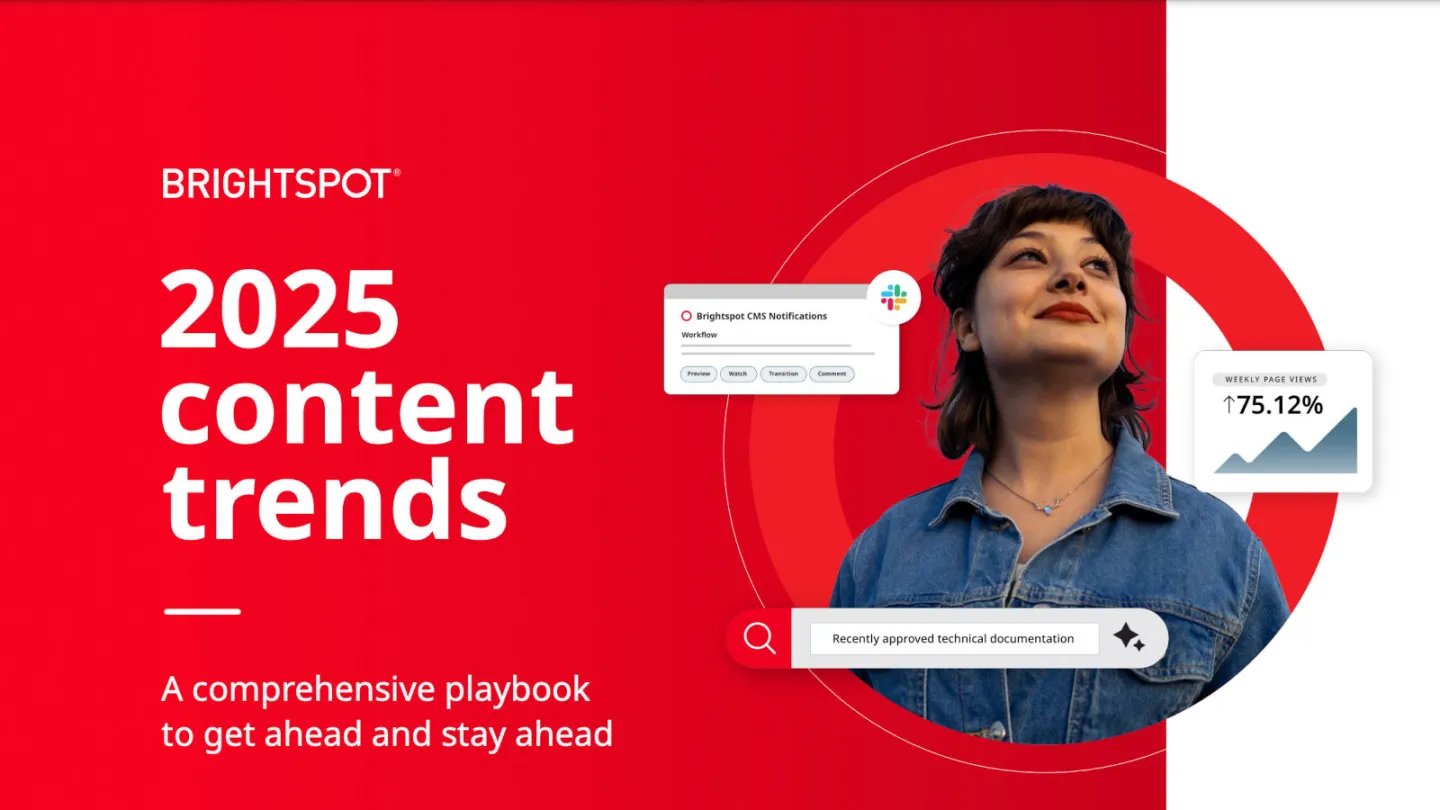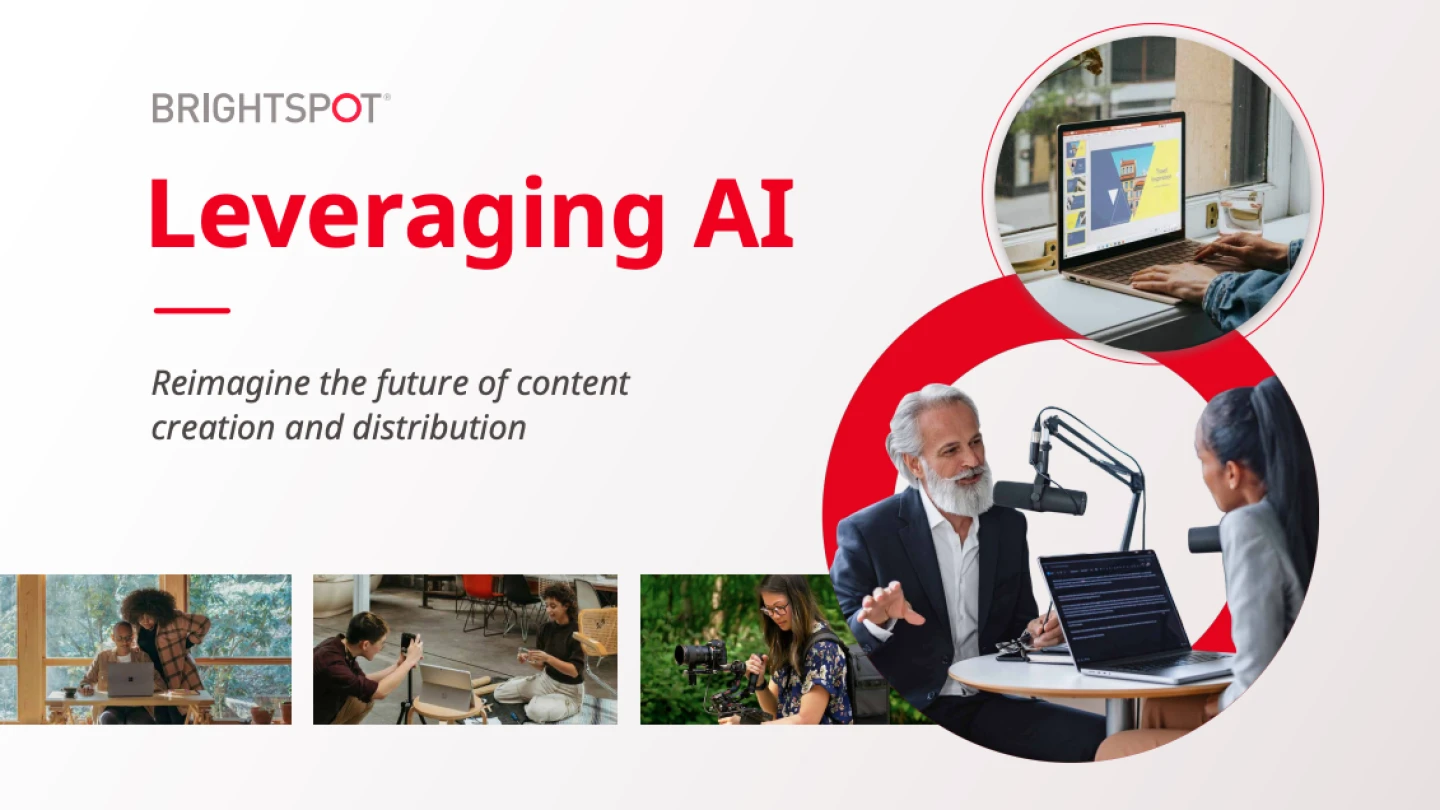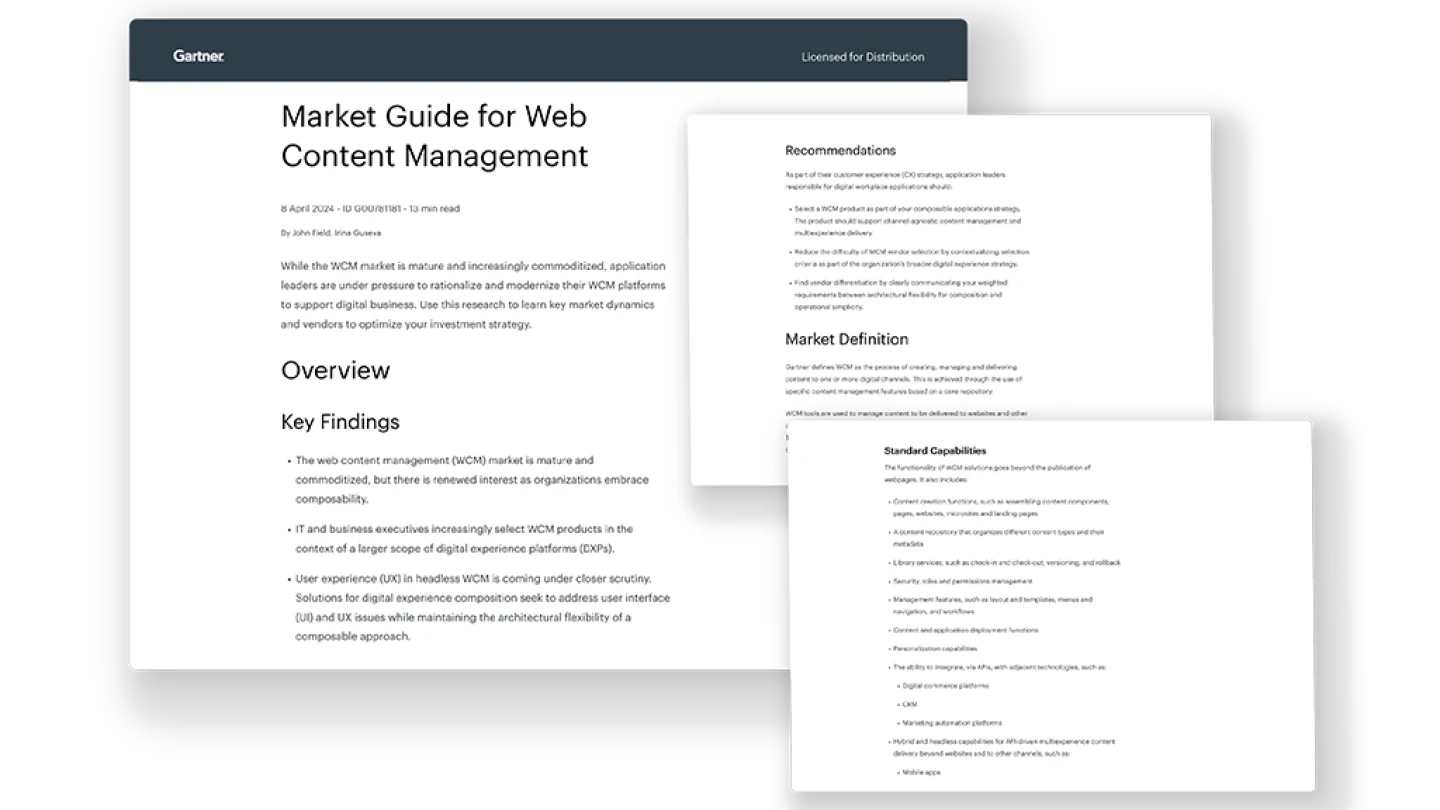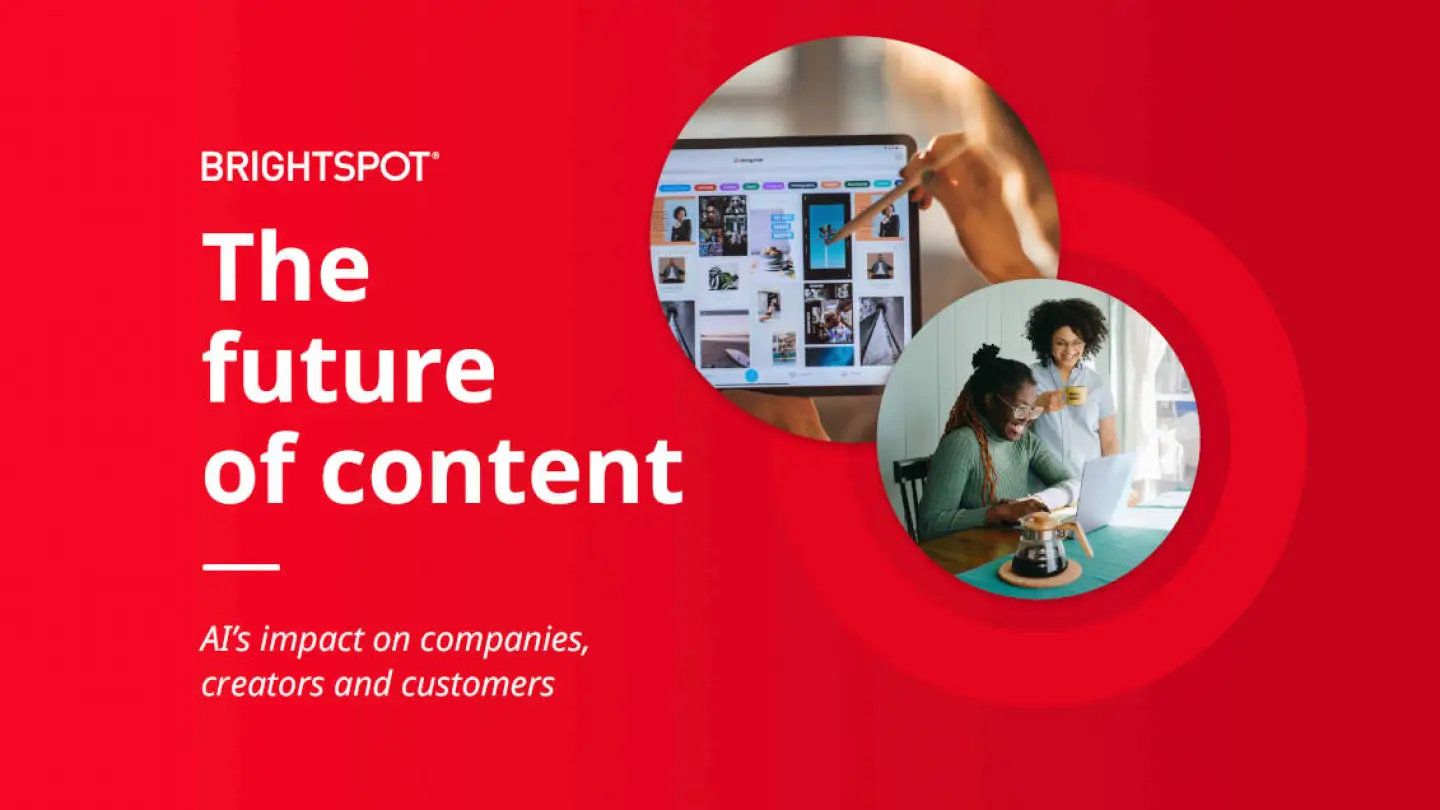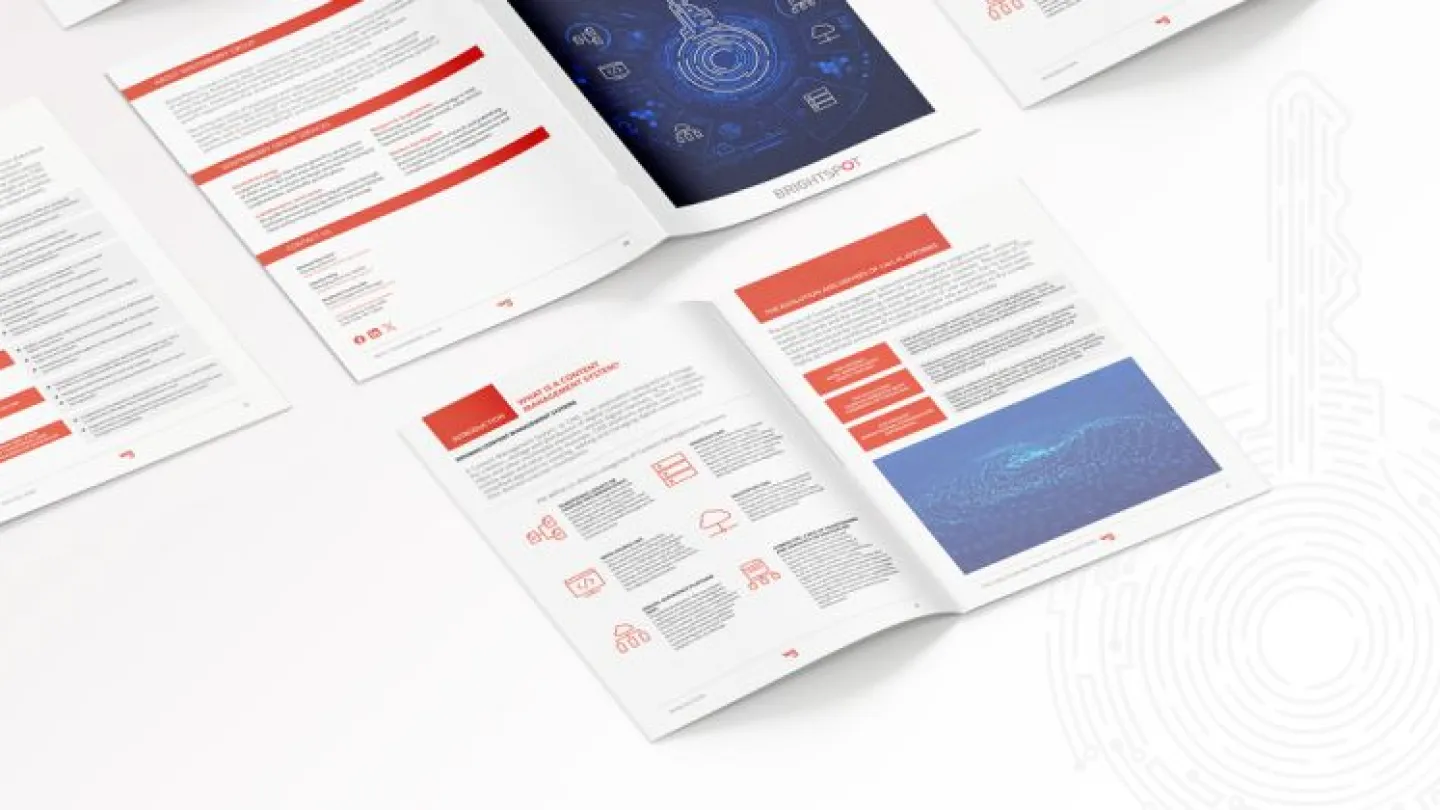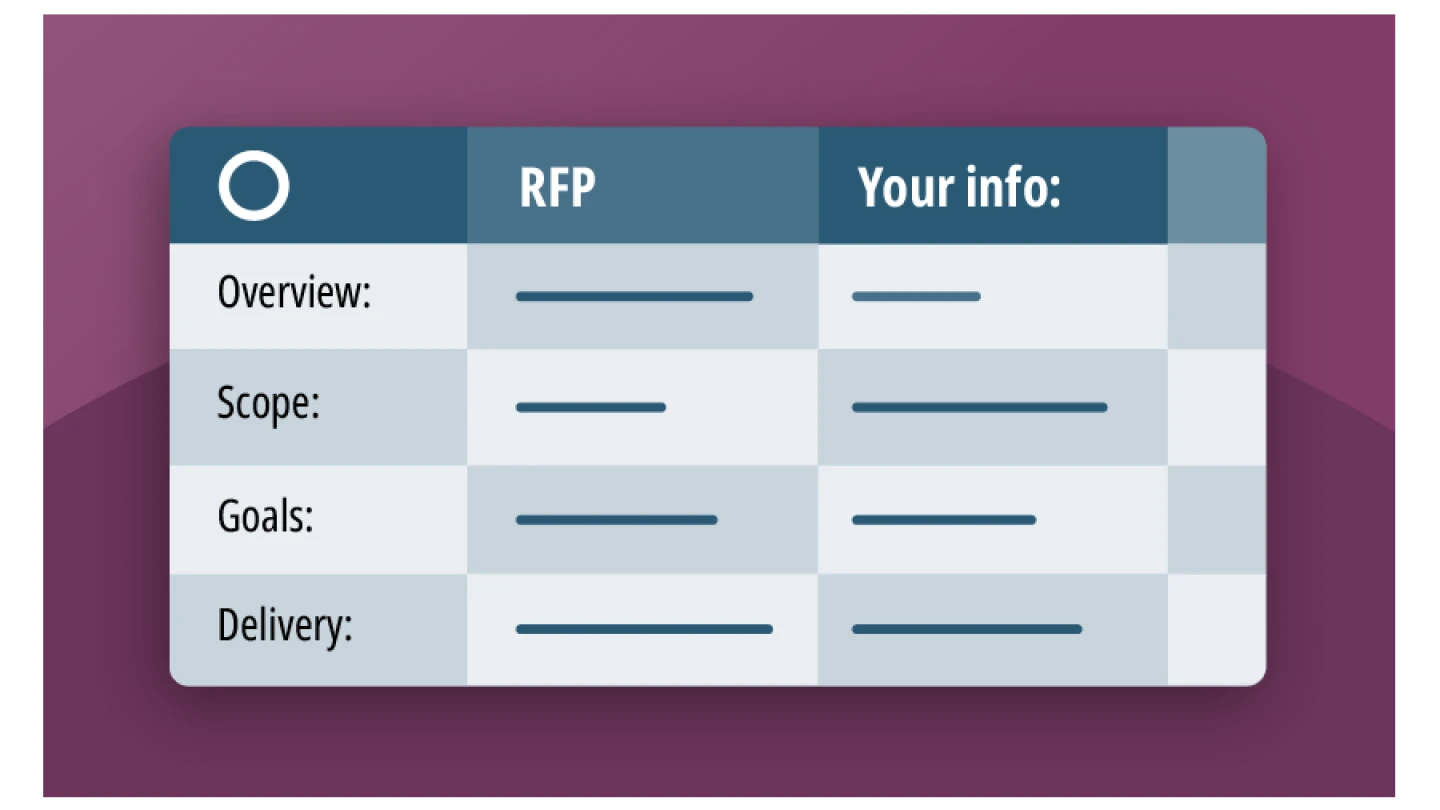We all know personalization drives B2B growth, but scaling it can be a struggle. Discover why embracing AI is essential to achieve smarter segmentation, lead scoring, next best actions and content development.
It’s clear that the digital experience is one of the most critical factors — if not the most critical factor — that will define businesses’ success immediately and into the future. Learn more here.
Discover the top content trends of 2025. Learn how to streamline workflows, leverage AI and collaborate smarter to stay ahead in the evolving digital landscape. Download the playbook now.
Aragon Research positions Brightspot in the “Leader” section of the Globe for Content Experience Platforms. Read the report here.
Unlock AI’s potential in content creation and distribution with our new e-book. Get insights, best practices and navigate the AI landscape effectively. Download now!
Brightspot is named a Representative Vendor in the April 2024 Gartner Market Guide for Web Content Management. Read the report here.
AI is reshaping how we create, communicate and compete. Our guide provides insights for businesses, creators and customers to get — and stay ahead — in the AI revolution.
Learn what it takes to choose a content management system (CMS) that future-proofs your business. Get real-life examples and insights from industry experts.
Streamline your CMS evaluation process with our free RFP template.
Explore how a leading defense intelligence and analysis firm used Brightspot’s content management solutions to significantly overhaul its long-standing research publishing business.
Your CMS connects you with your readers, your employees and your partners. A compromised CMS, however, is a highly sought-after target for cyber criminals. Download this e-book to learn what steps you and your CMS partners can take to protect your brand and assets online.
In this whitepaper, we explore why a content management system should be at the core of the e-commerce technology stack, plus how the right CMS can foster a partnership between product and editorial teams.



